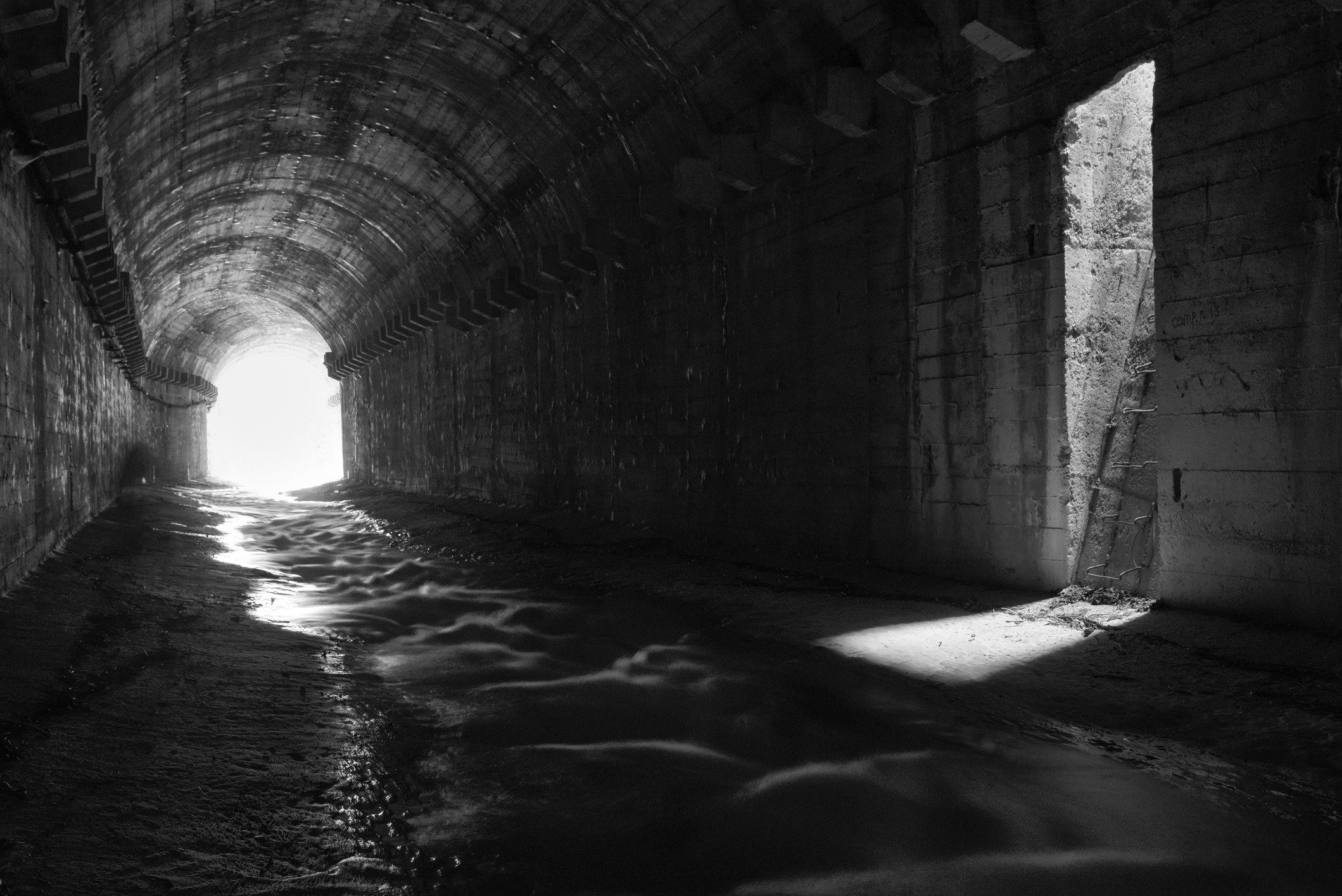Latin America
Related: About this forumArchaeologists Discovered An Underground Inca Labyrinth, Confirming a Centuries-Old Rumor
Archaeologists Discovered An Underground Inca Labyrinth, Confirming a Centuries-Old Rumor
Now to see where it goes.
BY TIM NEWCOMB PUBLISHED: JAN 17, 2025 8:30 AM EST

The Incan Temple of the Sun in Cusco has long been a visual and cultural jewel of the ancient empire. But there’s even more to admire below ground. Recently, archaeologists confirmed a long-held rumor: the existence of labyrinth of underground tunnels extending out from the temple, sometimes over a mile in length.
. . .
Archaeologist Jorge Calero Flores announced the findings at a press conference, and said the research team found a main branch connecting the temple to the fortress of Sacsahuaman, just over one mile away. The system is made up of three smaller branches—one near the Church of San Cristóbal, another to an area near the fortress, and a third to an area known as Callispuquio.
The Peru Archaeologists Association said that the tunnels were created by the Inca people. They first dug trenches, and then supported them with stone walls and carved-beam ceilings. Calero Flores said that the tunnel system is roughly 8.5 feet wide and 5.2 feet high. “We suspect that the Inca could have been carried in litters through there,” he said, according to the Jerusalem Post.
The path to finding the ancient labyrinth started with Jesuit texts from the 16th century. An anonymous Spanish Jesuit individual wrote about a tunnel in 1594 that connected the bishop’s housing to the Cusco Cathedral, alluding to the fact the tunnel originated at the Temple of the Sun. A later document from chronicler Anello de Oliva also discussed multiple underground passages in the city. The texts noted that, during construction in the area, workers ensured they did not disturb the tunnel network—one that started at a cave in the fortress. That was enough, Flores said, to give archaeologists “an idea” of where to look.
More:
https://www.popularmechanics.com/science/archaeology/a63433942/underground-inca-labyrinth/
littlemissmartypants
(26,408 posts)
Figure Seated in Palanquin
Mexico, Colima, 200 B.C. - A.D. 500
Sculpture
Buff ceramic
This file is in the public domain because it has been released by the Los Angeles County Museum of Art.
https://commons.m.wikimedia.org/wiki/File:Figure_Seated_in_Palanquin_LACMA_M.86.296.138.jpg#mw-jump-to-license
❤️
KS Toronado
(20,290 posts)littlemissmartypants
(26,408 posts)Except for the below the belt protuberances, I guess.
![]()
![]()
Judi Lynn
(162,800 posts)JANUARY 16, 2025
CUSCO, PERU—IFL Science reports that the presence of more than one mile of tunnels built by the Inca under the city of Cuzco, the capital of the Inca Empire, has been confirmed. Known as the Chincana, the main tunnel radiates from the Temple of the Sun, or the Coricancha, toward a fortress on the edge of the city. Archaeologists began the search for the legendary tunnels with a review of historical accounts from the sixteenth through the eighteenth centuries.
One such account, written in 1594 by a Spanish priest, stated that a main tunnel began at the Coricancha, traveled under the bishop’s house behind Cusco Cathedral, and ended at the citadel of Sacsahuaman, about one mile away.
Using acoustic prospecting, the researchers then searched for hollow chambers in areas described in the historic accounts. Ground-penetrating radar was then employed to map the tunnel system, including the main tunnel connecting the Coricancha to Sacsahuaman. Three smaller branches of the tunnel system were also detected. One of the smaller branches ends at an area near the fortress of Sacsahuaman known as Muyucmarca, another tunnel ends at Callispuquio, and the third travels behind the Church of San Cristóbal.
The researchers think that the tunnels may reflect the layout of streets and walkways in the Inca capital. “Now we have to excavate at key points to be able to enter the Chincana—perhaps in March or April,” concluded archaeologist Mildred Fernández Palomino. To read about the skilled workers who maintained the Inca royal estate of Machu Picchu, go to "Inca Workers' Homelands," one of ARCHAEOLOGY's Top 10 Discoveries of 2023.
https://archaeology.org/news/2025/01/16/inca-tunnel-system-identified-under-cuzco/